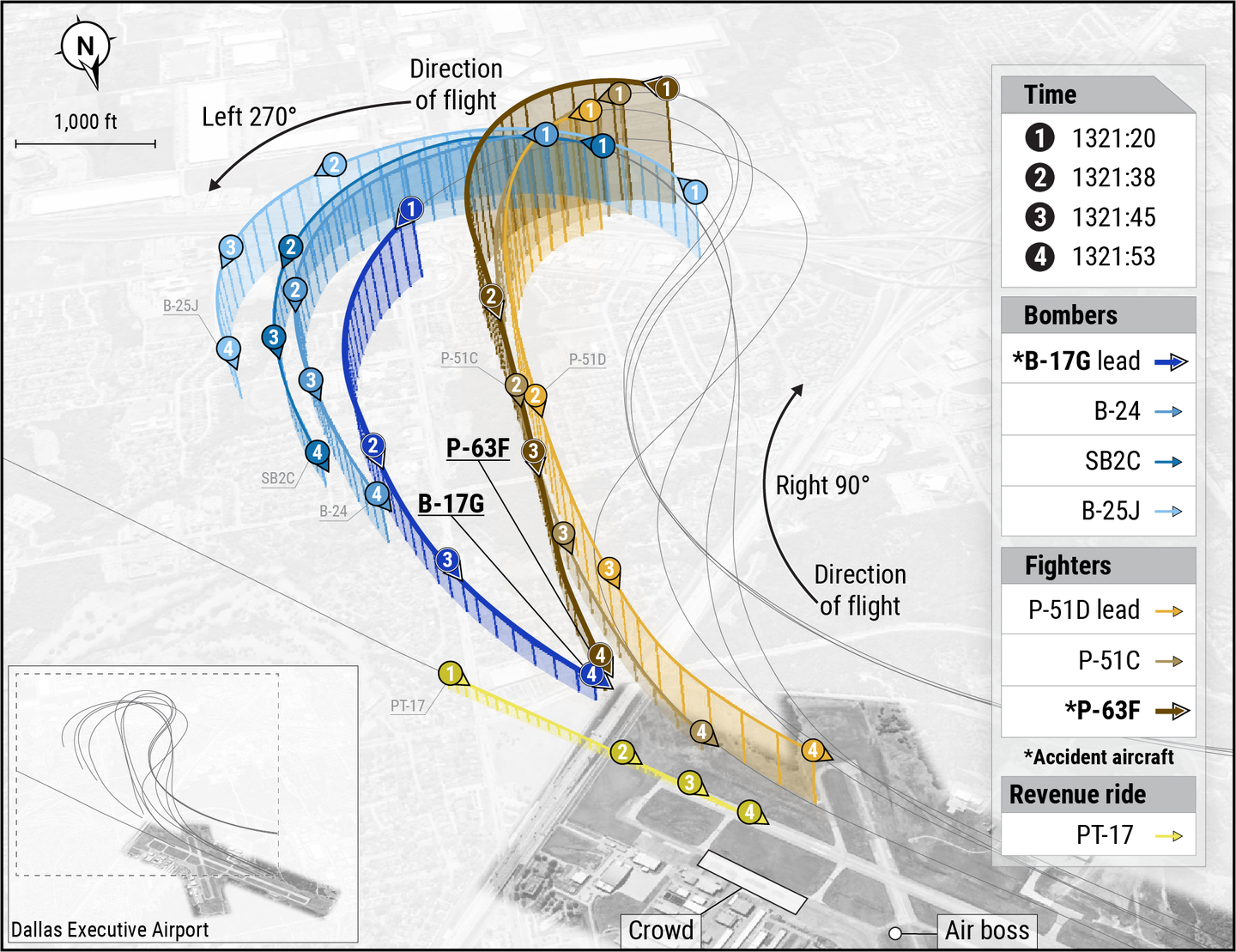General Aviation Accident Bulletin
AVweb’s General Aviation Accident Bulletin is taken from the pages of our sister publication, Aviation Safety magazine. All the reports listed here are preliminary and include only initial factual findings…

Aviation Safety Accident Bulletin
AVweb's General Aviation Accident Bulletin is taken from the pages of our sister publication, Aviation Safety magazine. All the reports listed here are preliminary and include only initial factual findings about crashes. You can learn more about the final probable cause on the NTSB's website at www.ntsb.gov. Final reports appear about a year after the accident, although some take longer. Find out more about Aviation Safety at www.aviationsafetymagazine.com.
February 2, 2020, Florence, Colo.
Piper PA-28-150 Cherokee 150
At about 1355 Mountain time, the airplane collided with terrain shortly after takeoff. The flight instructor and student pilot were both seriously injured; the passenger was fatally injured. The airplane was substantially damaged. Visual conditions prevailed.
An eyewitness watched the airplane’s takeoff roll on Runway 29 and remarked that its nose wheel appeared to lift from the runway, then settle back down. The airplane used almost the full 5399 feet of the runway but did not climb. The airplane disappeared from sight, due to descending terrain from the runway’s edge. Local weather included temperature of 24 degrees Celsius and winds from 220 degrees at 14 knots, gusting to 27.
February 4, 2020, Hooper Bay, Alaska
Cessna 208B Grand Caravan
The airplane sustained substantial damage at about 1558 Alaska time after running off the end of the runway during takeoff. None of the eight occupants aboard— the commercial pilot and six adult passengers, plus an infant—were injured. Instrument conditions prevailed for the FAR Part 135 IFR scheduled passenger flight.
Earlier, the pilot and airplane arrived without incident. During the takeoff roll into flat light conditions, the pilot noticed airspeed was not increasing fast enough, observed the end of the runway approaching and committed to the takeoff. The airplane became airborne with the stall warning activated. The pilot attempted to get the airplane back into ground effect, but it settled onto snow-covered terrain. The airplane came to rest upright about 150 feet from the end of the runway. There were 3-5 inches of wet, heavy snow on the runway during the attempted takeoff.
February 4, 2020, Mesa, Ariz.
Piper PA-28-181 Archer II/III
After the flight instructor briefed the soft-field takeoff procedure, the student aligned the airplane with the runway center line, applied full power and released aft pressure from the yoke. During the ground roll, the instructor briefly lost sight of the runway but then observed the airplane rapidly veering to the left. The instructor applied full right rudder and right aileron inputs, but the airplane continued to the left. The instructor initially reduced engine power, but quickly restored it with the intention of flying the airplane back to the runway, as it had just become airborne. The airplane rolled left and the stall warning activated before touching down on the taxiway and impacting a parked airplane.
February 6, 2020, Palmer, Alaska
Cessna 172F
The pilot was making a low pass over a frozen, snow-covered lake in his wheel-equipped airplane, but misjudged the airplane’s height above the ground. The airplane’s landing gear contacted the snow and the airplane descended, followed by the left wing and propeller striking the ground. The airplane came to rest upright on snow-covered terrain. In his report, the pilot stated the accident may have been prevented if he had done a better job of evaluating the flight scenario and had properly addressed the risks involved with low-level flight over a snow-covered landscape, with associated visual illusions.
February 6, 2020, Tuntutuliak, Alaska
Piper PA-32R-300 Lance
At about 1110 Alaska time, the airplane sustained substantial damage when it impacted terrain. The commercial pilot and four passengers were fatally injured. Instrument conditions prevailed at the departure and destination airports for the planned FAR Part 135 scheduled VFR commuter flight.
The flight departed at 1034, with a Special VFR clearance under a 600-foot-high overcast. The airplane was reported overdue at 1140, and search aircraft were dispatched at 1315. The wreckage was located along the flight-planned route. The airplane was not equipped with a tracking device, functional ADS-B, recorder devices or a GPS with non-volatile memory, and there was no ATC radar service available. The accident flight was the pilot’s fourth line flight after completing training; he had about 650 hours total time, with 30 hours in make/ model. According to the NTSB, “In the hour after the accident, both the departure and intended destination airports reported low instrument flight conditions down to as low as ½ statute mile visibility in light snow, mist and freezing fog with ceilings as low as 400 feet.”
This article originally appeared in the May 2020 issue of Aviation Safety magazine.
For more great content like this, subscribe to Aviation Safety!






